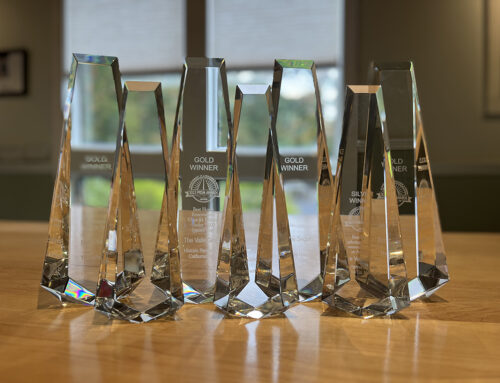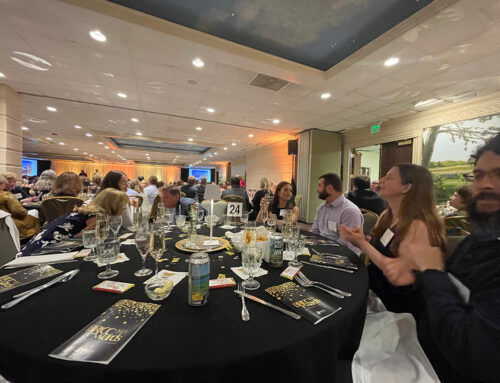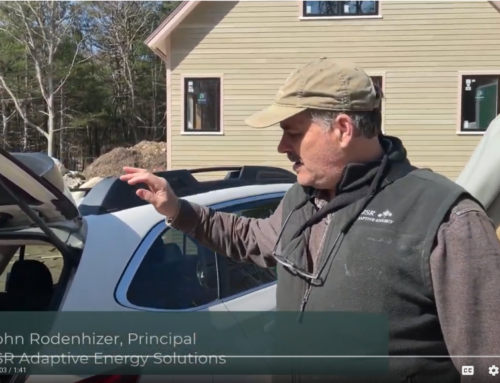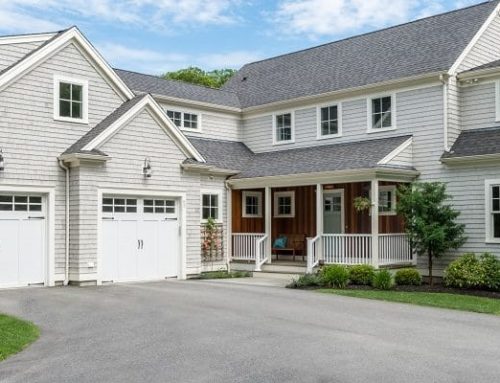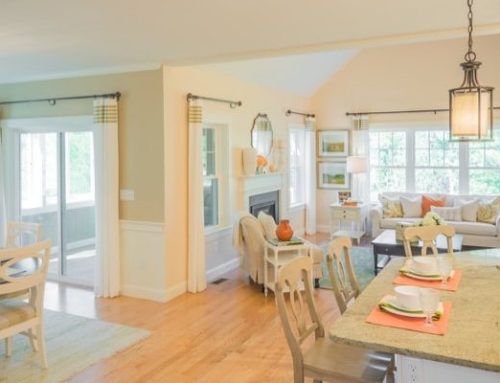7 Things to Think About When Considering Building a Passive House

Building a home is a significant life decision with lots of factors to consider. One major decision is whether to build a traditional home or a High Performance Passive House. While traditionally-built homes have been the most common approach to home construction for decades, passive houses have gained popularity due to their high standards of energy efficiency and sustainability. Below are 7 areas to consider when deciding whether to build a traditional house or a High Performance Passive House.
- The basic idea behind Passive Houses: Passive houses are houses that are designed and built to maximize energy efficiency and minimize environmental impact. They achieve this through a combination of rigorous insulation, airtightness, mechanical ventilation systems, and optimal solar orientation. These features work together to maintain a comfortable indoor environment while significantly reducing energy consumption.
- Energy Efficiency: The foremost benefit of a passive house is its exceptional energy efficiency. With superior insulation and airtight construction, passive houses can reduce energy consumption by up to 90% compared to traditional houses. This translates into significant savings on heating and cooling costs throughout the year, making passive houses an economically attractive option.
- Superior Indoor Comfort: Passive houses prioritize occupant comfort by ensuring stable and consistent indoor temperatures throughout the year. The high-quality insulation and airtightness prevent drafts and cold spots, resulting in a more comfortable living environment. Moreover, passive houses use mechanical ventilation systems that filter and circulate fresh air continuously, improving indoor air quality.
- Reduced Environmental Footprint: In an era of increasing environmental concerns, choosing a passive house can have a positive impact on our planet. By significantly reducing energy consumption, these houses contribute to lower greenhouse gas emissions and help combat climate change. Additionally, passive houses often incorporate sustainable materials and construction practices, further reducing their overall environmental footprint.
- Long-Term Cost Savings: While the initial construction costs of a passive house might be slightly higher compared to a traditional house, the long-term cost savings can be substantial. Lower energy bills, reduced maintenance costs, and potential tax incentives and rebates can offset the initial investment over time. Passive houses also tend to have a higher resale value due to their energy efficiency and sustainable features.
- Health Benefits: Passive houses prioritize indoor air quality, which can have significant health benefits for homeowners. The mechanical ventilation systems ensure a constant supply of fresh, filtered air, reducing the presence of allergens, pollutants, and mold. This can be particularly advantageous for individuals with respiratory conditions or allergies.
- Noise Reduction: Another advantage of passive houses is their superior sound insulation. The high-quality insulation materials and airtight construction contribute to reducing external noise pollution, creating a quieter and more peaceful indoor environment.
The Valle Group’s staff was singled out for accolades, with three members of the team winning awards. BRAGB named The Valle Group’s Justin Spurr as “Superintendent of the Year” while HBRACC recognized Justin as a “Next Generation Shooting Star”. Account and Customer Care Specialist, Sally Katon took the Gold for “Most Valuable Team Member” while Job Superintendent, Chris Girard walked away with a Gold award for the “Rising Star of the Year” from BRAGB. The Valle Group’s in-house carpentry team won a Silver award for “Best Millwork or Custom Cabinetry”. The firm also won on the marketing side with the Gold BRICC Award for “Best Website”, designed by Smith + Company Marketing and Communications of Plymouth.




